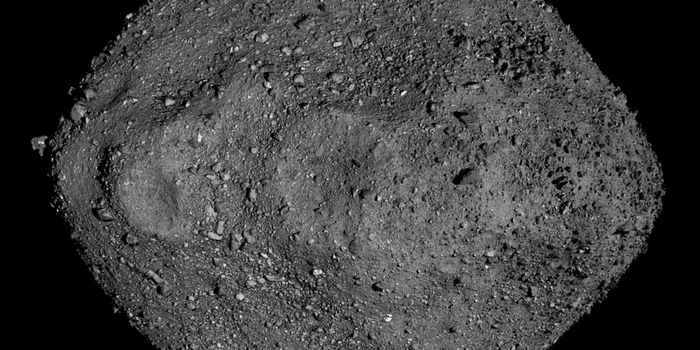Why SpaceX's Droneship Footage Often Cuts Out During Landings
SpaceX has nearly mastered the art of landing the first stages of the plethora of rockets its sends into space so that they can be refurbished and reused. Where the company lands its first stages varies from one launch to the next, sometimes happening on solid ground near the launch site, and other times, happening several miles offshore on a droneship floating in the Atlantic Ocean.
If you’ve watched the live broadcasts of SpaceX’s rocket launches before, then you’ve likely noticed that SpaceX’s droneship landing footage often cuts out right before the rocket touches down on the landing pad. In fact, it happened just recently when the commercial space company performed its historic Demo-2 launch for NASA just under a couple of weeks ago.
No, this isn’t SpaceX doing some dirty video editing to stage their landings, but rather a phenomenon having to do with the physics of the landing itself. Instead, as we learn in this video, it has do with signal disruptions that are brought about as the rocket approaches the droneship; or more specifically, the massive vibrations that the rocket’s engines impose on it.
SpaceX streams its droneship footage to the rest of the world via a satellite-based signal broadcast. Getting that data to a satellite necessitates a highly directional antenna that needs to maintain a precise line of sight between the satellite and the droneship. Unfortunately, the aforementioned line of sight gets interrupted when the droneship begins shifting around due to the vibrations from the rocket’s engines when it lands.
The footage usually returns after the rocket lands and the droneship stabilizes, and this happens because the vibrations cease, enabling the droneship to reconnect its line of sight with the satellite. On the other hand, this also means that we miss the most exciting part. The good news is, SpaceX always uploads the camera footage days later despite being unable to provide it in real time…








